The 7.2 magnitude quake, which also shook buildings in central Tokyo, struck around 4:10 p.m. Monday, the Japan Meteorological Agency said. It reached a maximum of 7 on Japan's seismic intensity scale on the Noto Peninsula in Ishikawa. A 1.2-meter-high tsunami hit the port of Wajima in the area.
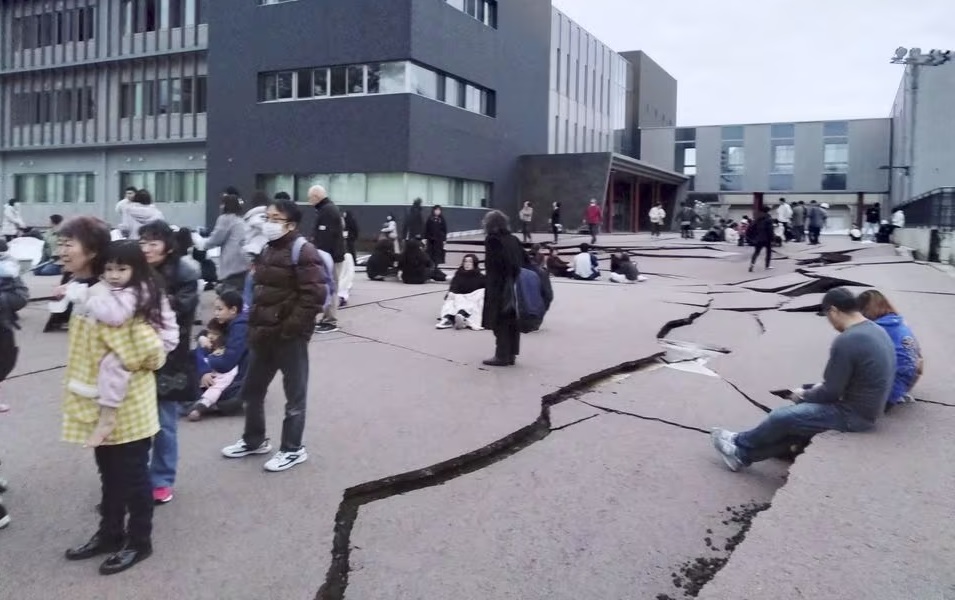
Cracks on a road caused by an earthquake in Wajima, Ishikawa prefecture, Japan on January 1, 2024. Photo: Kyodo
The Japan Meteorological Agency issued a tsunami warning for the coastal prefectures of Ishikawa, Niigata and Toyama. Russia also issued a tsunami warning for the far eastern cities of Vladivostok and Nakhodka.
Prime Minister Fumio Kishida said authorities were still assessing the extent of the damage and people should be prepared for any further tremors. “People need to be alert for possible further earthquakes and I urge people in areas where tsunamis may occur to evacuate as soon as possible,” he said.
Video broadcast by NHK showed a building collapsing amid thick dust in the coastal city of Suzu and people in the city of Kanazawa cowering under tables as the quake shook their homes. The quake also shook buildings in the capital Tokyo on the opposite coast.
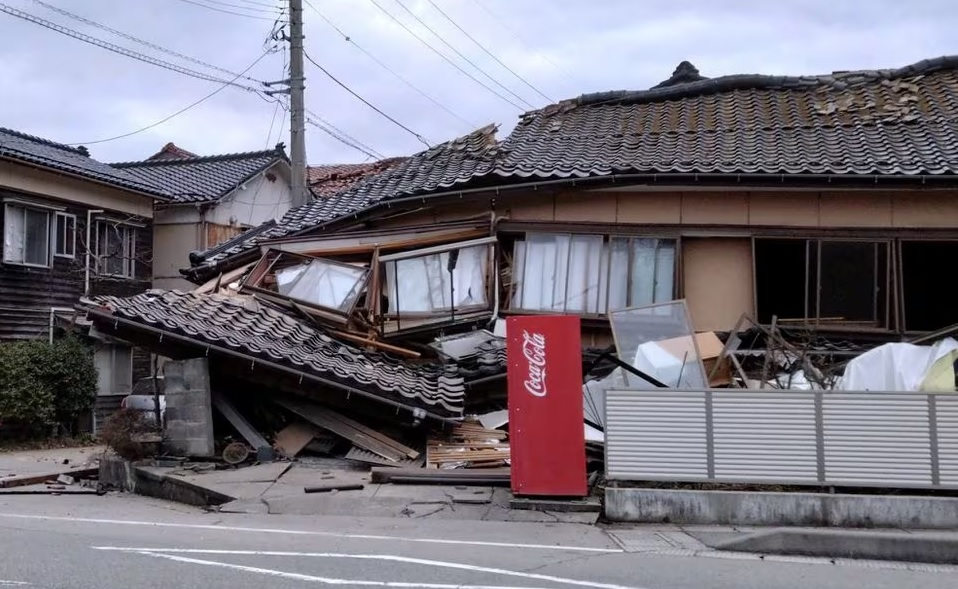
A collapsed house after an earthquake in Wajima, Ishikawa prefecture, Japan on January 1, 2024. Photo: Kyodo
Hokuriku Electric Power said more than 36,000 households were without power in Ishikawa and Toyama prefectures. According to its website, high-speed rail services to Ishikawa were suspended, while telecom operators Softbank and KDDI reported disruptions to phone and internet services in Ishikawa and Niigata.
Japanese airline ANA turned back four planes headed to airports in Toyama and Ishikawa mid-air after the earthquake, while Japan Airlines canceled most flights to the Niigata and Ishikawa areas for the rest of the day.
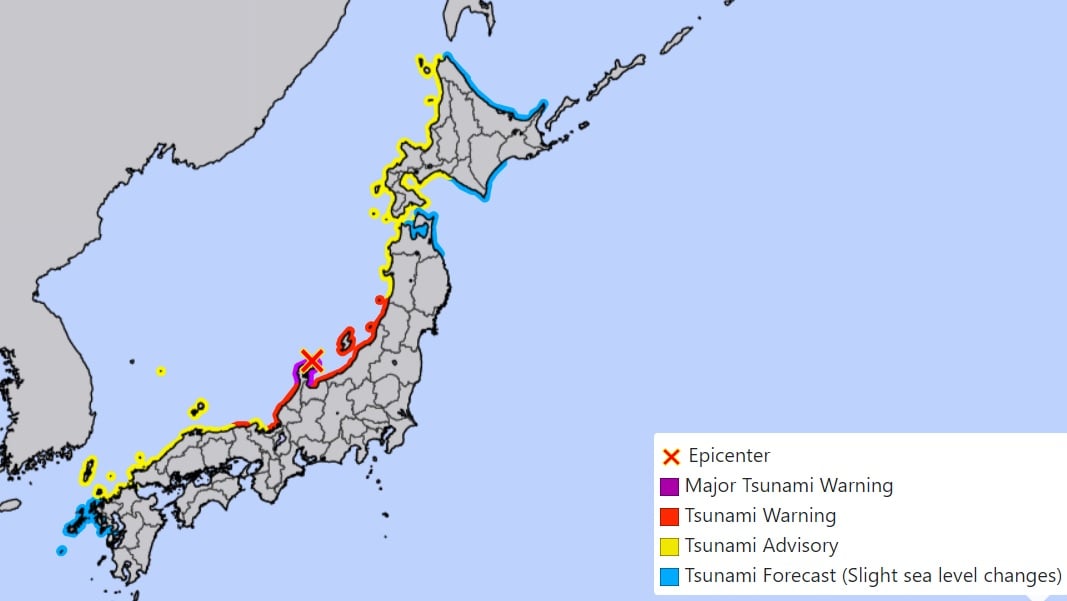
Tsunami warning areas and levels in Japan. Photo and source: Japan Meteorological Agency
Japan's Nuclear Regulation Authority said no abnormalities have been confirmed at nuclear power plants along the Sea of Japan, including five operating reactors at Kansai Electric Power's Ohi and Takahama plants in Fukui Prefecture.
The agency said Hokuriku's Shika plant in Ishikawa, closest to the quake's epicenter, had shut down two reactors before the quake for routine inspections and found no impact from the quake.
A massive earthquake and tsunami hit northeastern Japan on March 11, 2011, killing nearly 20,000 people, devastating towns and triggering nuclear meltdowns in Fukushima.
Huy Hoang (according to Kyodo, Reuters)
Source


![[Photo] Closing of the 11th Conference of the 13th Central Committee of the Communist Party of Vietnam](https://vstatic.vietnam.vn/vietnam/resource/IMAGE/2025/4/12/114b57fe6e9b4814a5ddfacf6dfe5b7f)



![[Photo] Overcoming all difficulties, speeding up construction progress of Hoa Binh Hydropower Plant Expansion Project](https://vstatic.vietnam.vn/vietnam/resource/IMAGE/2025/4/12/bff04b551e98484c84d74c8faa3526e0)


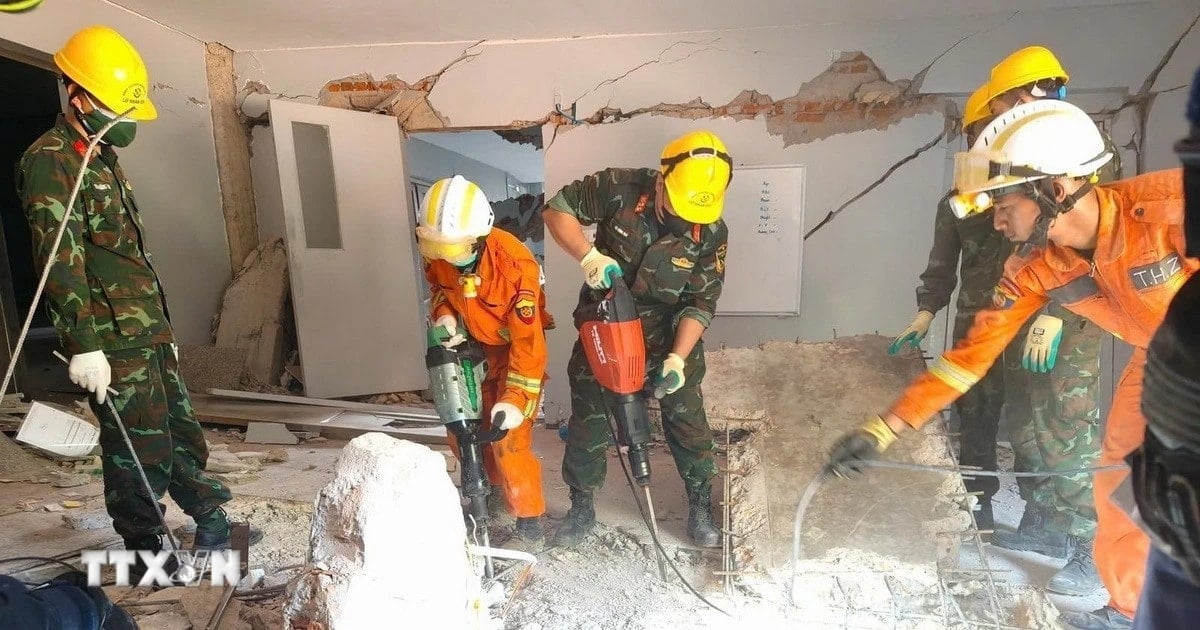
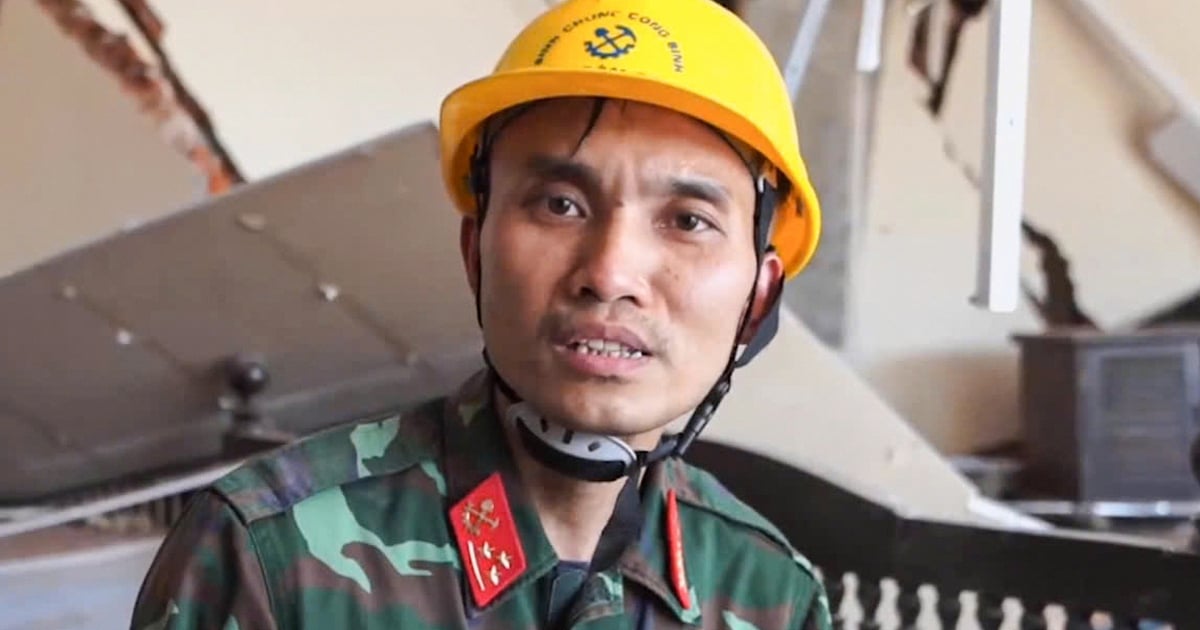

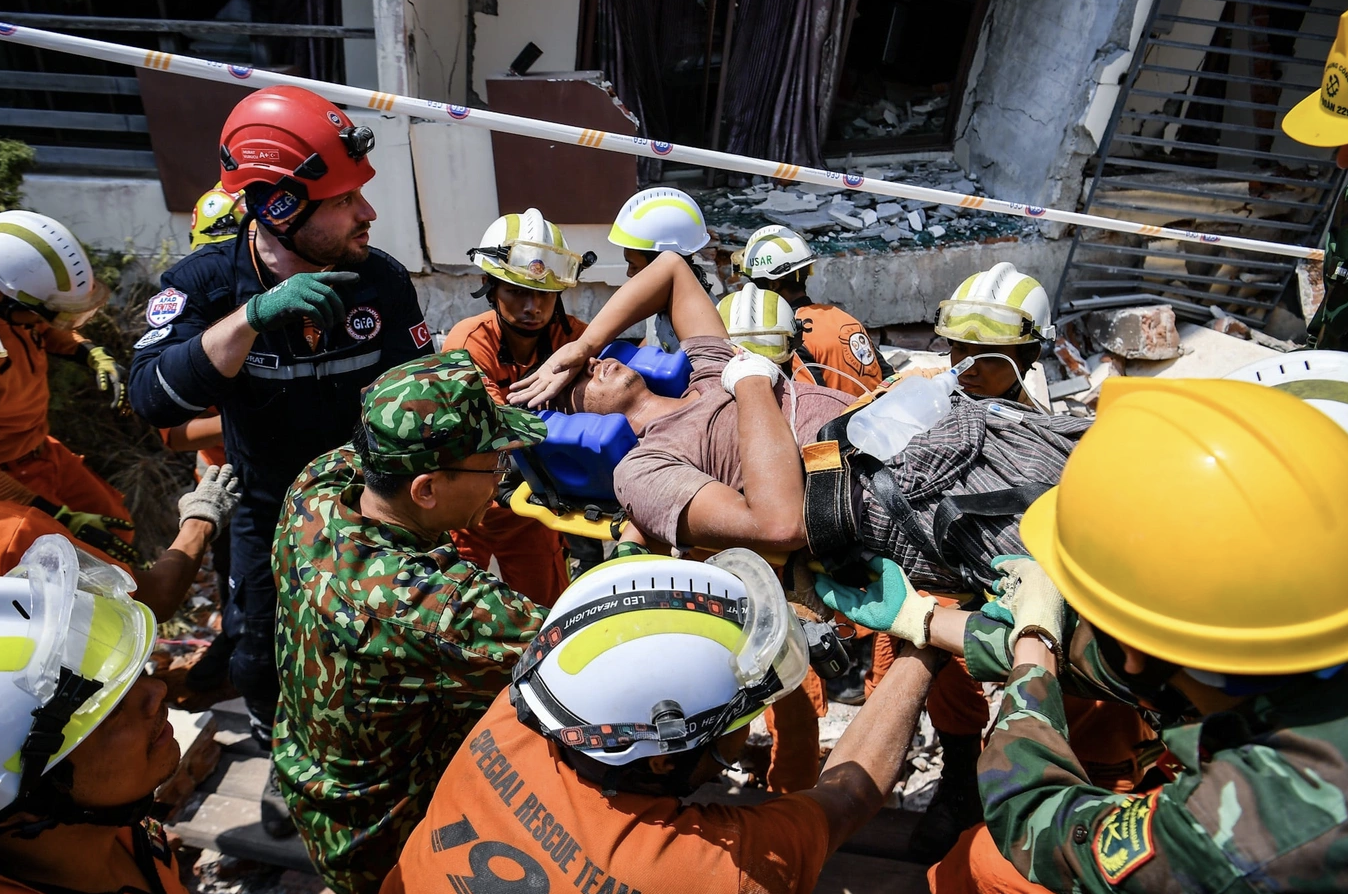



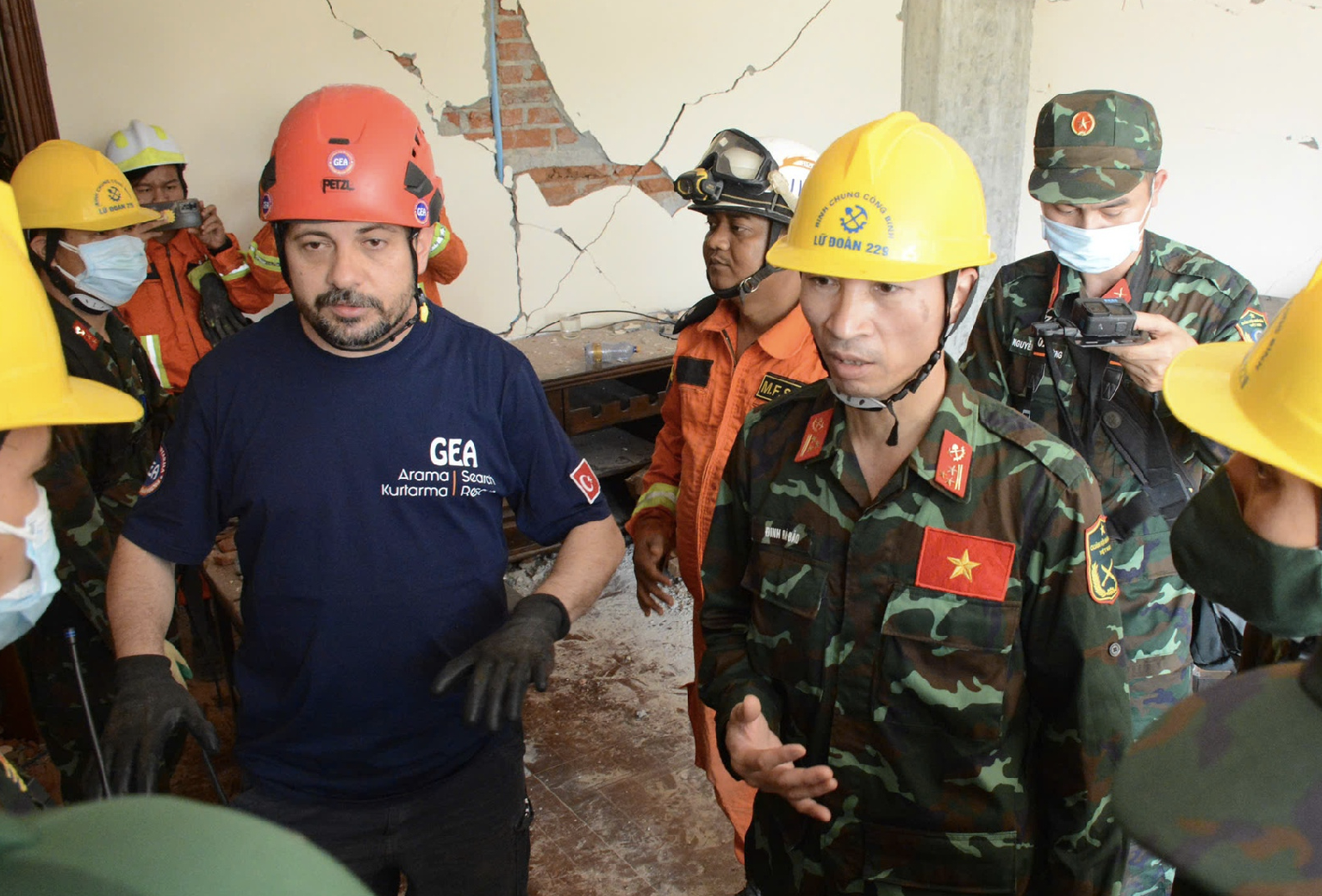
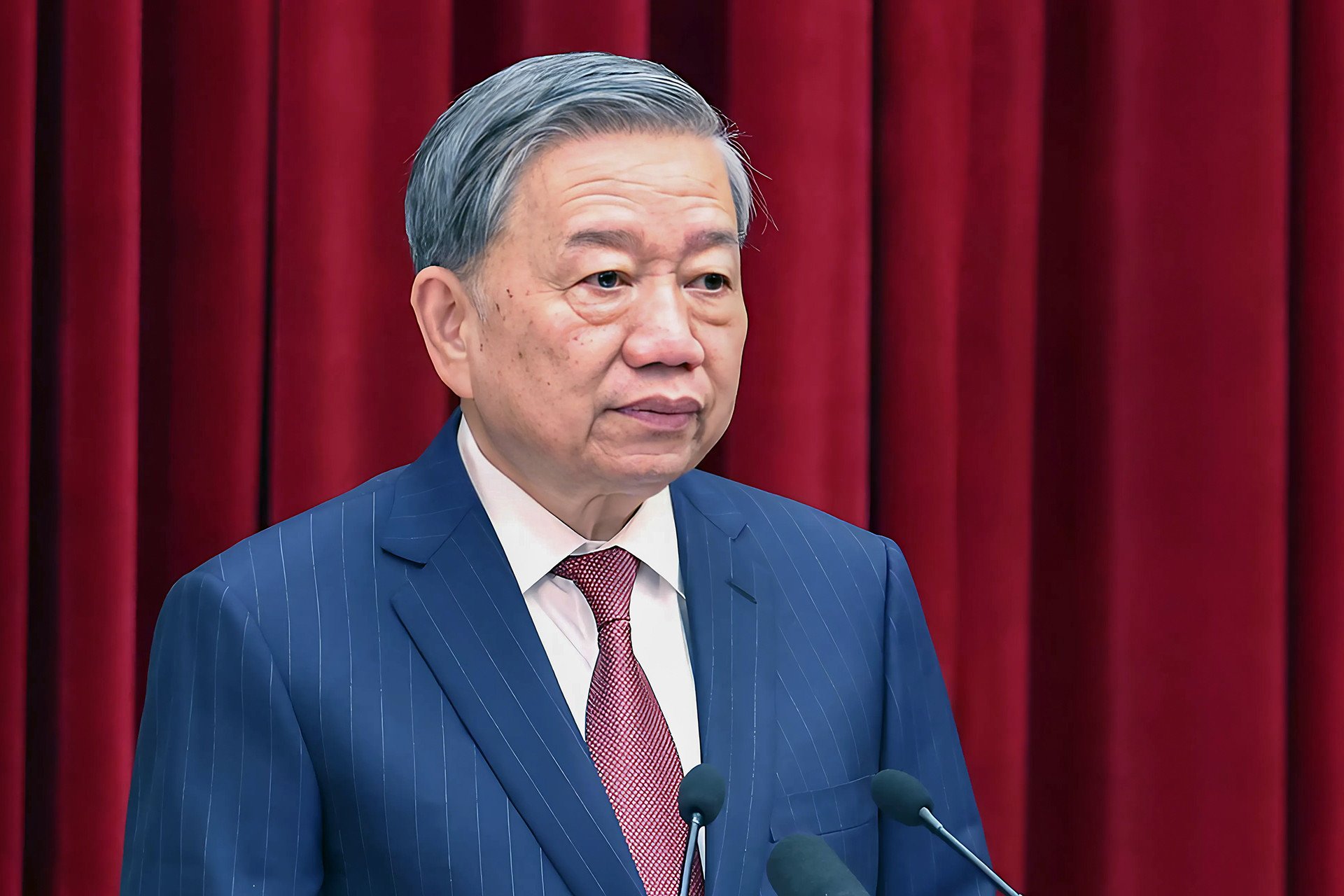

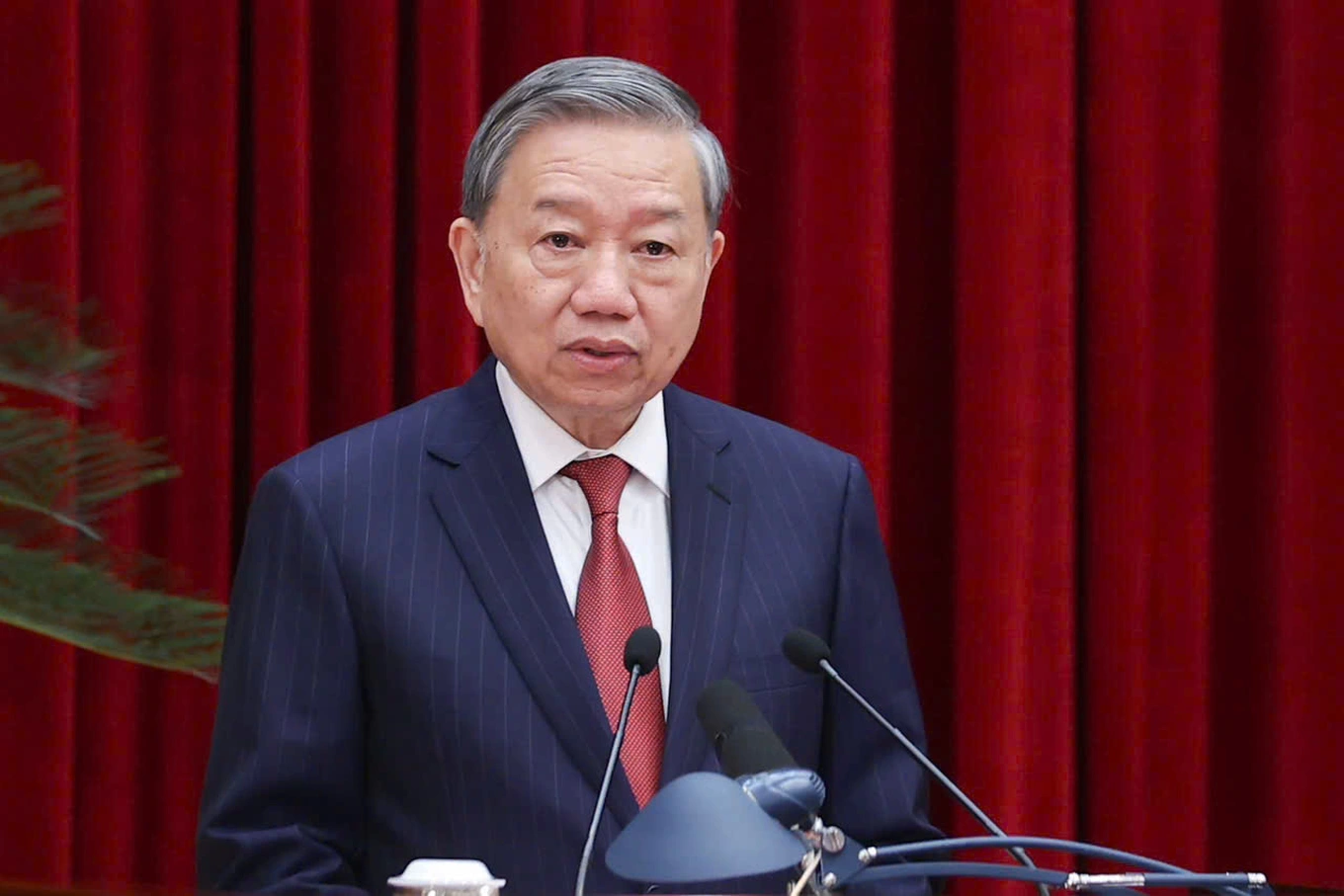
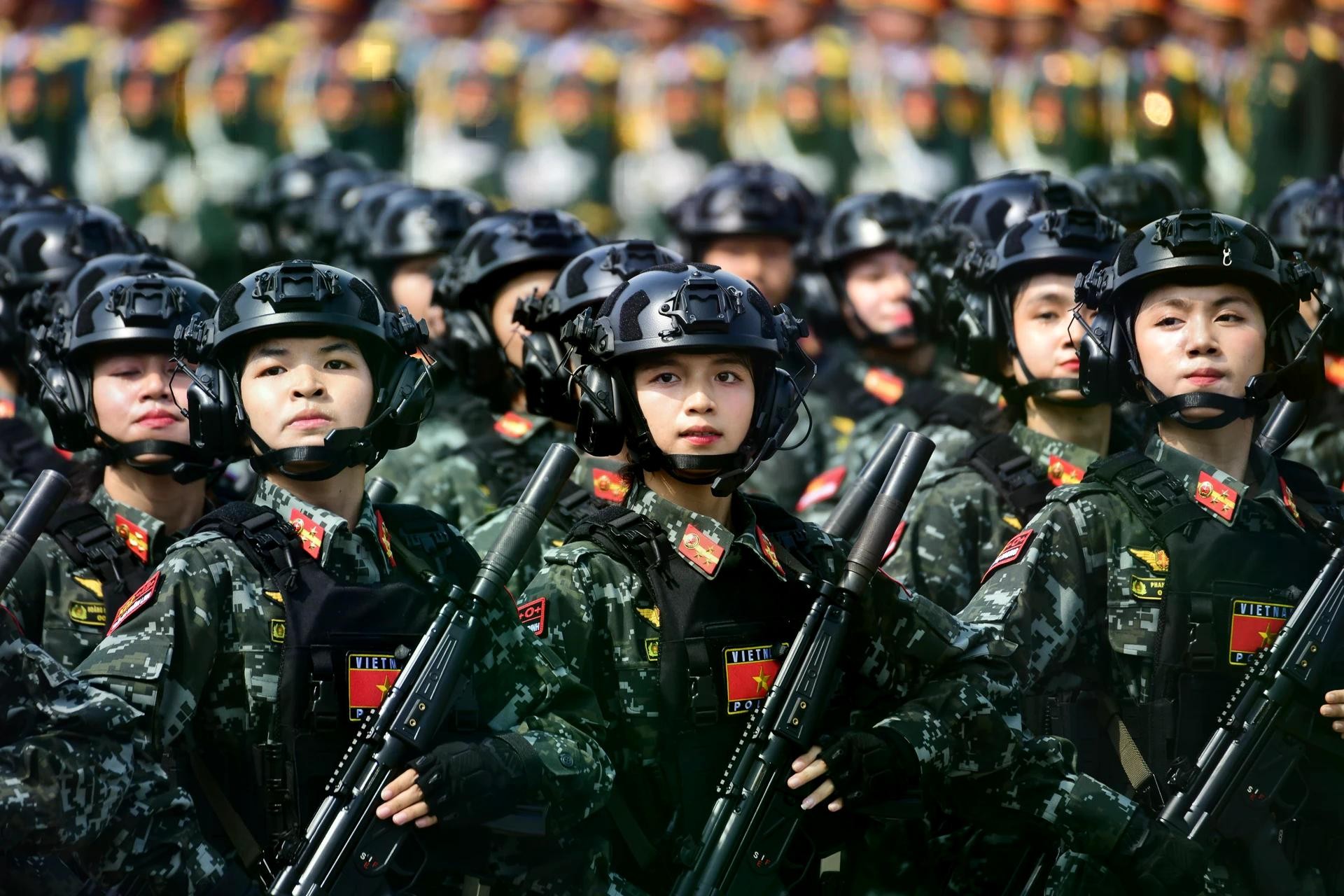
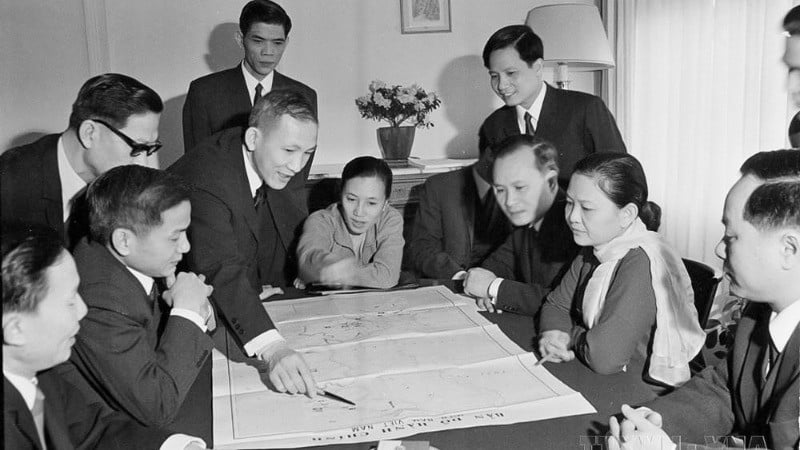






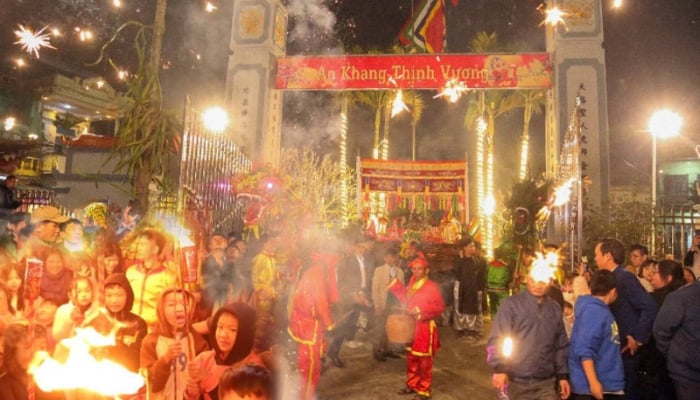

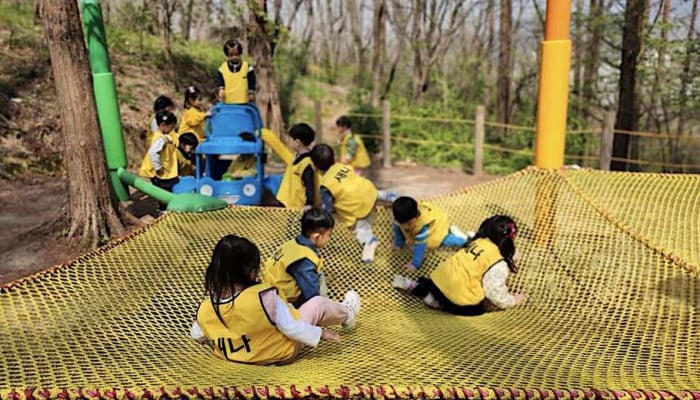
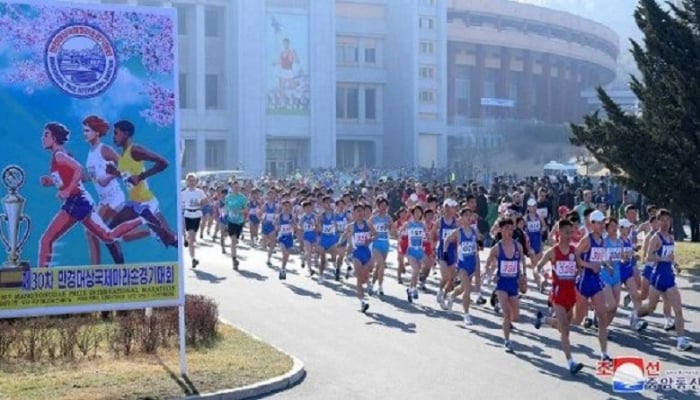

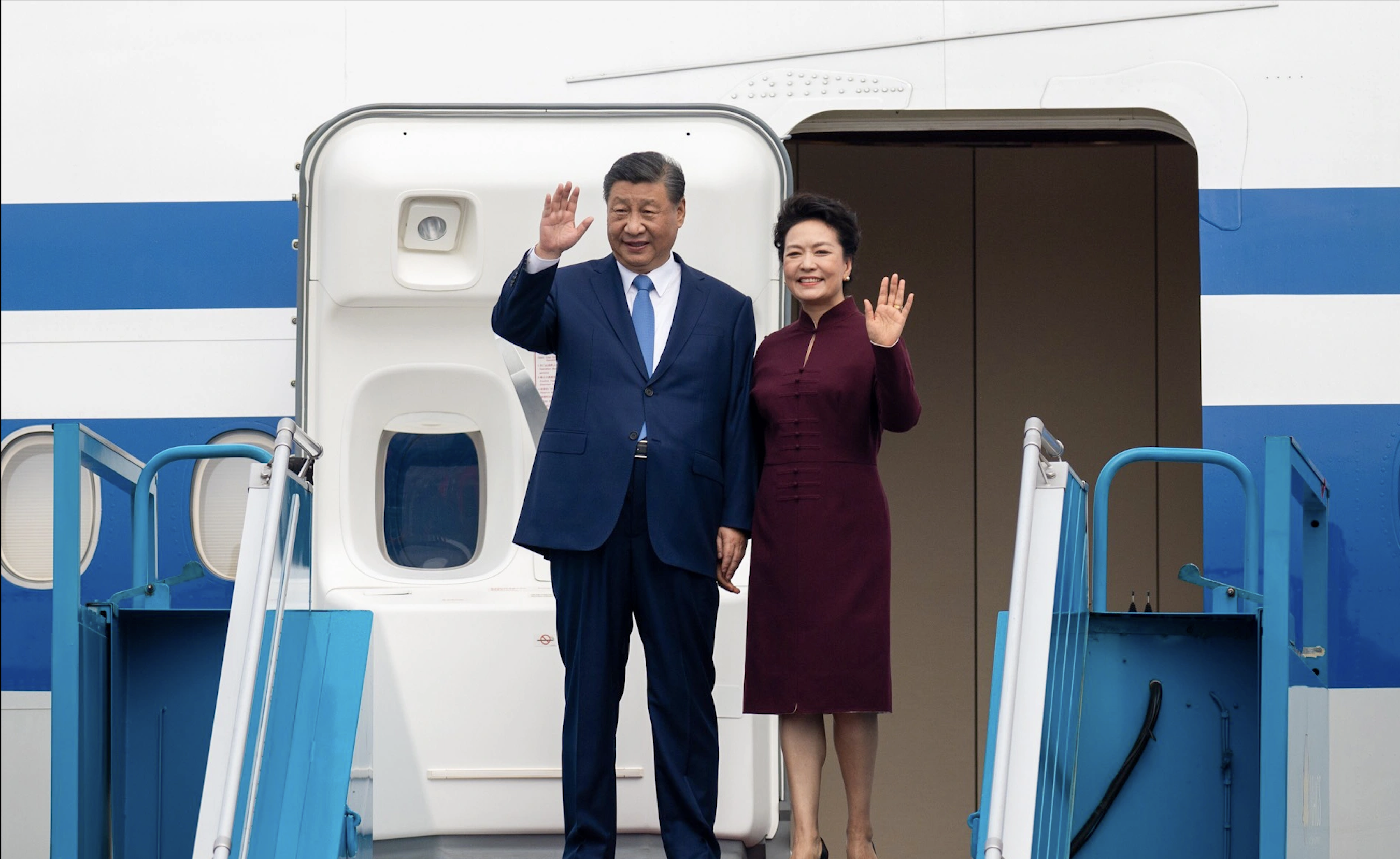










































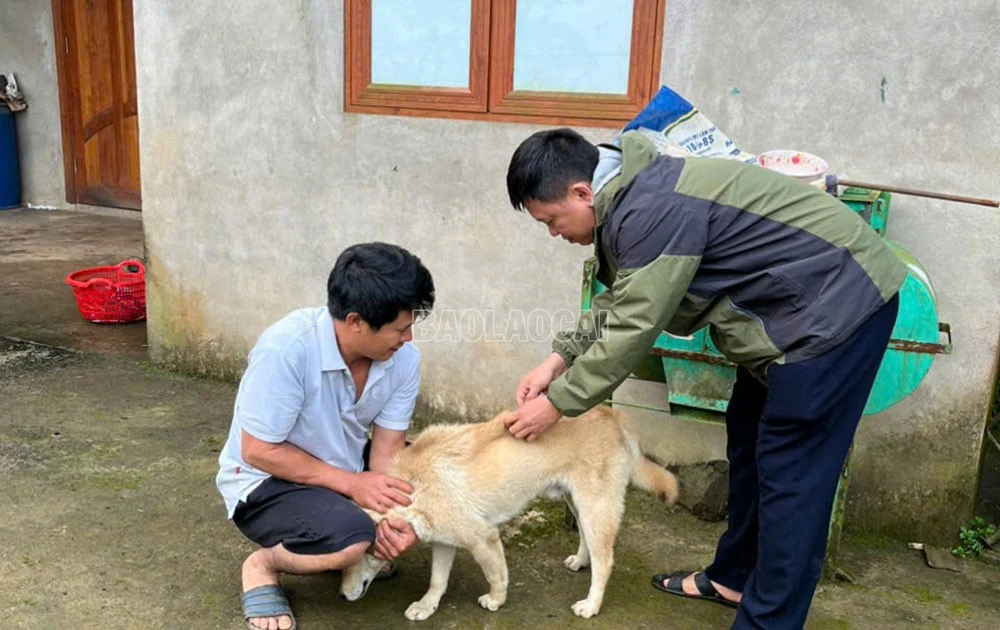





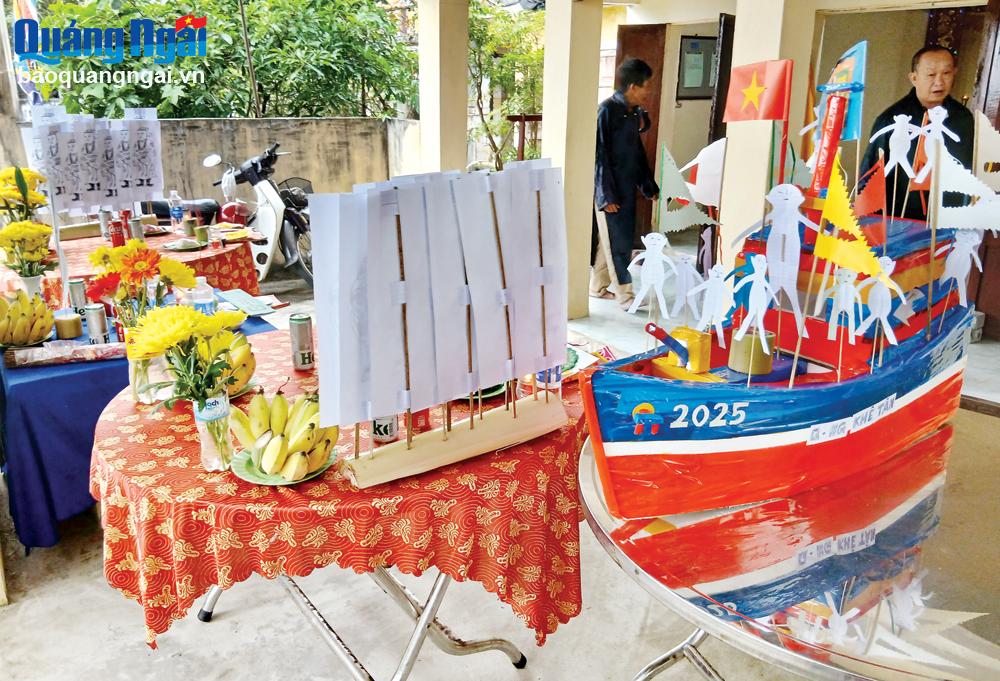











Comment (0)